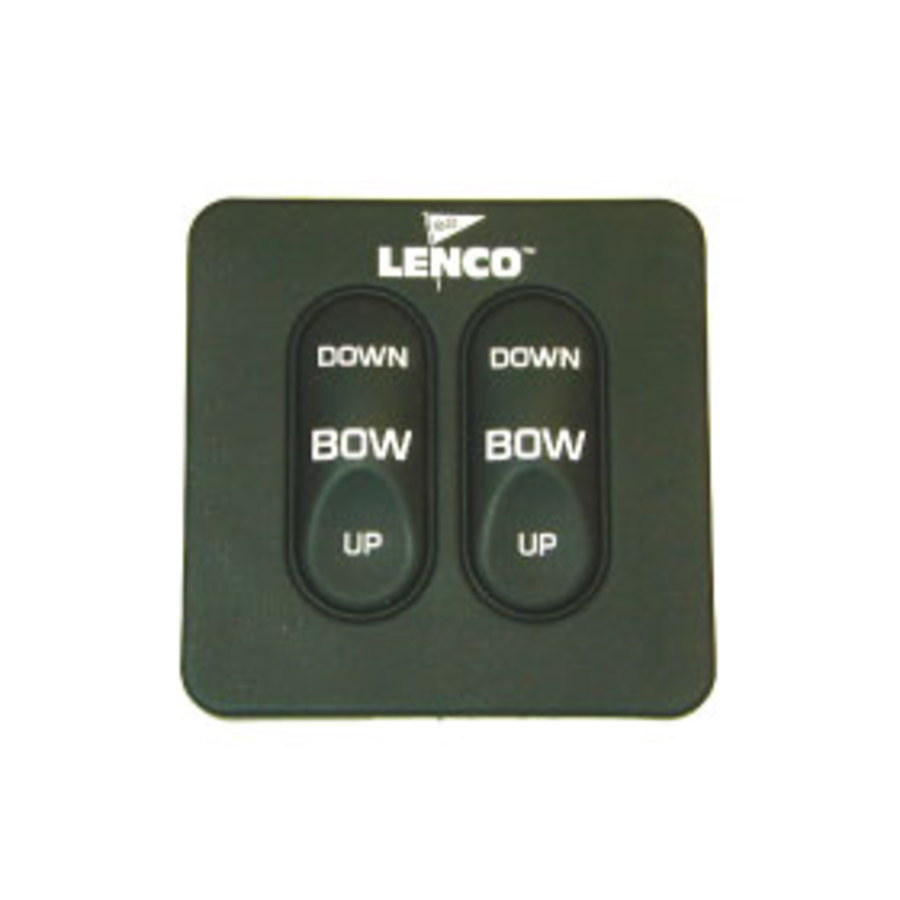

(If I had to speculate as to why this layout performs slightly better than the calculator layout, I might suggest that, in the West, we read left->right and top->bottom and so this is the more natural numbering scheme). Still posted on the Web (see Sources & Further Reading), the published article shows what the phone keypad might have looked like - with the numbers 1 to 10 arrayed in circles, semicircles, diagonal slashes, with the numbers ascending from bottom to top, and more. They tested both canonical forms of the (3x3)+1 layout and selected what we now know today as the telephone layout. The whole point of the article is the Bell labs undertook an extensive user based study to investigate which layouts might be better (Pretty much the first time this testing had been done on this issue). The inventors of these early devices did not perform extensive user based testing (as it often the case in technology early adopters end up creating standards that others follow, good or bad). The idea of a 10-key number pad cluster was originally introduced by Tadao Kashio, the developer of Casio electronic. Telephone keypads also have the special buttons labelled ( star) and (octothorpe, number sign, 'pound', 'hex' or 'hash') on either side of the zero key. It provides calculator-style efficiency for entering numbers. 4 5 On a telephone keypad, the numbers 1 through 9 are arranged from left to right, top to bottom with 0 in a row below 789 and in the center. Why the difference between numeric keypads and phone keypads? Numeric keypad layouts mimic calculator layouts, which in turn, mimicked the original ‘adding machines’. A numeric keypad, number pad, numpad, or ten key, 1 2 3 is the palm-sized, usually-17-key section of a standard computer keyboard, usually on the far right.


 0 kommentar(er)
0 kommentar(er)
